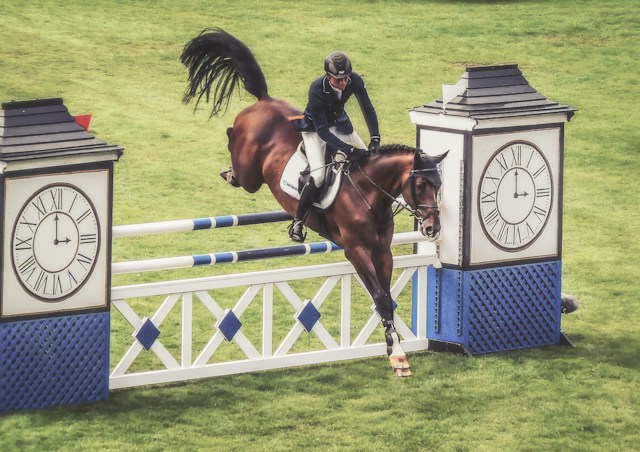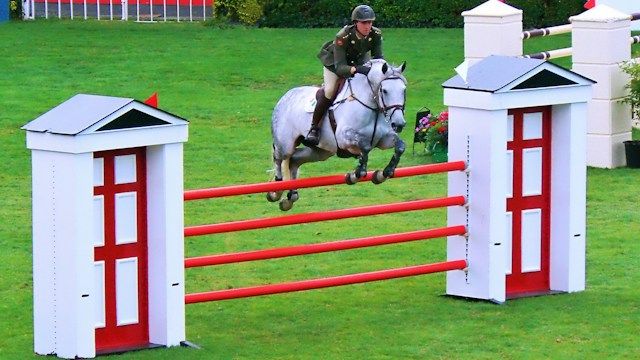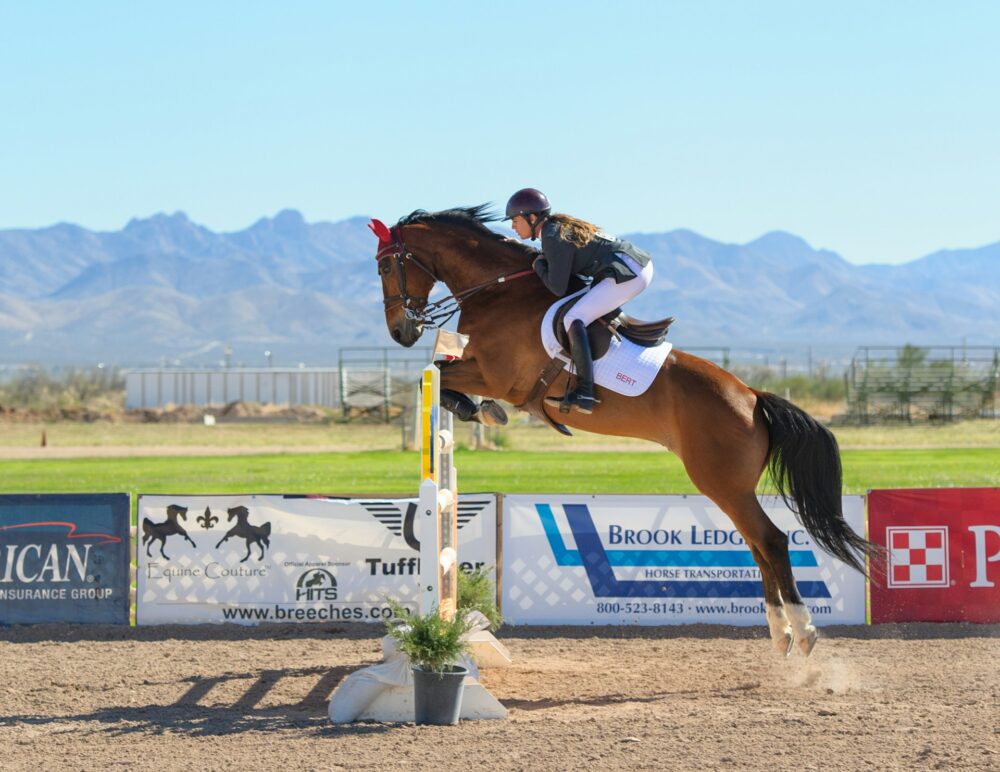A successful show jumper requires a physical combination of strength and coordination. But there’s also a mental component, requiring a courageous willingness to tackle obstacles despite the possible consequences. High-quality equipment supports both of these qualities. For instance, jump saddles feature a more forward-cut saddle flap to provide stability and balance while riding.
Improved Coordination
Few things make a more impressive sight than a beautifully manicured arena filled with colorful, custom jumps. A lot more goes into a stadium course than standards and poles, though, and horse jump accessories such as wing standards, training standards, brush boxes, flower boxes, vinyl walls, and jump cups make the experience safer and more accessible for horses and riders alike. In addition to the obstacle’s height, the type and order of the obstacles in combination also affect the horse’s movement. For example, a jumper who does well over triple bars but struggles with oxers must adjust their stride length and approach for each.

Increased Flexibility
An excellent show jumper needs a combination of physical ability and mental bravery. The physical aspect comes from the horse’s natural ability to get its body up into the air, and it requires courage that often surprises new riders and their horses. When a horse approaches a jump, it compresses the last approach stride by several feet to turn its forward momentum into energy for vertical push-off over the obstacle. It’s like coiling a spring before it’s released. This compression also helps the horse shift its weight backward, concentrating power into its hind quarters for greater force to clear the fence.
Adding a breastplate to your saddle is an excellent way to keep the saddle from sliding back during jumping. A running martingale is generally acceptable at all levels of show jumping, and it can help you control the head carriage of your horse when approaching a fence. A gel saddle pad also offers shock absorption to prevent jarring the horse’s joints.
Improved Balance
A rider’s balance is critical when jumping. An imbalanced rider throws off the horse’s natural balance and makes them work harder to maintain their position. In addition, an unbalanced rider often sends conflicting signals to the horse that may confuse them. Riders should practice in the saddle as much as possible. For example, they can ride around the ring in a 2-point seat and focus on keeping their outside hand on their hip while the inside hand is on the reins. It will help develop a secure lower leg supporting them when going over a jump. High-quality training equipment can also improve balance and stability for a rider during jumping. It includes adequately fitted stirrup leathers and irons and a sturdier breastplate that attaches to the saddle’s D rings to keep it from moving during a jump. Some breastplates even feature a running martingale for more advanced riders.

Increased Stability
Whether you’re riding show jumps or simply enjoying a practice round in the arena, stable, sturdy horse jumps are essential to ensure stability and comfort for your rider. Look for durable designs that will hold up to regular use, especially if you share your arena with other riders. Long-lasting, versatile jump cups are another essential accessory for creating courses with different heights and shapes. Jumping performance is influenced by several factors, including natural talent, physical conformation, training, impulsion, balance, and the partnership between horse and rider. The generation of muscular force and neuromuscular control represent the main determinants for the capacity to raise the CM over obstacles and the ability to rotate the body around the CM during jump suspension. Time and amplitude-normalized sEMG data demonstrated that good jumping horses generate rapid bursts of gluteal activity during the approach and take-off strides to elevate the CM, correlated with faster approaches and shorter hindlimb contact times at the fence.

